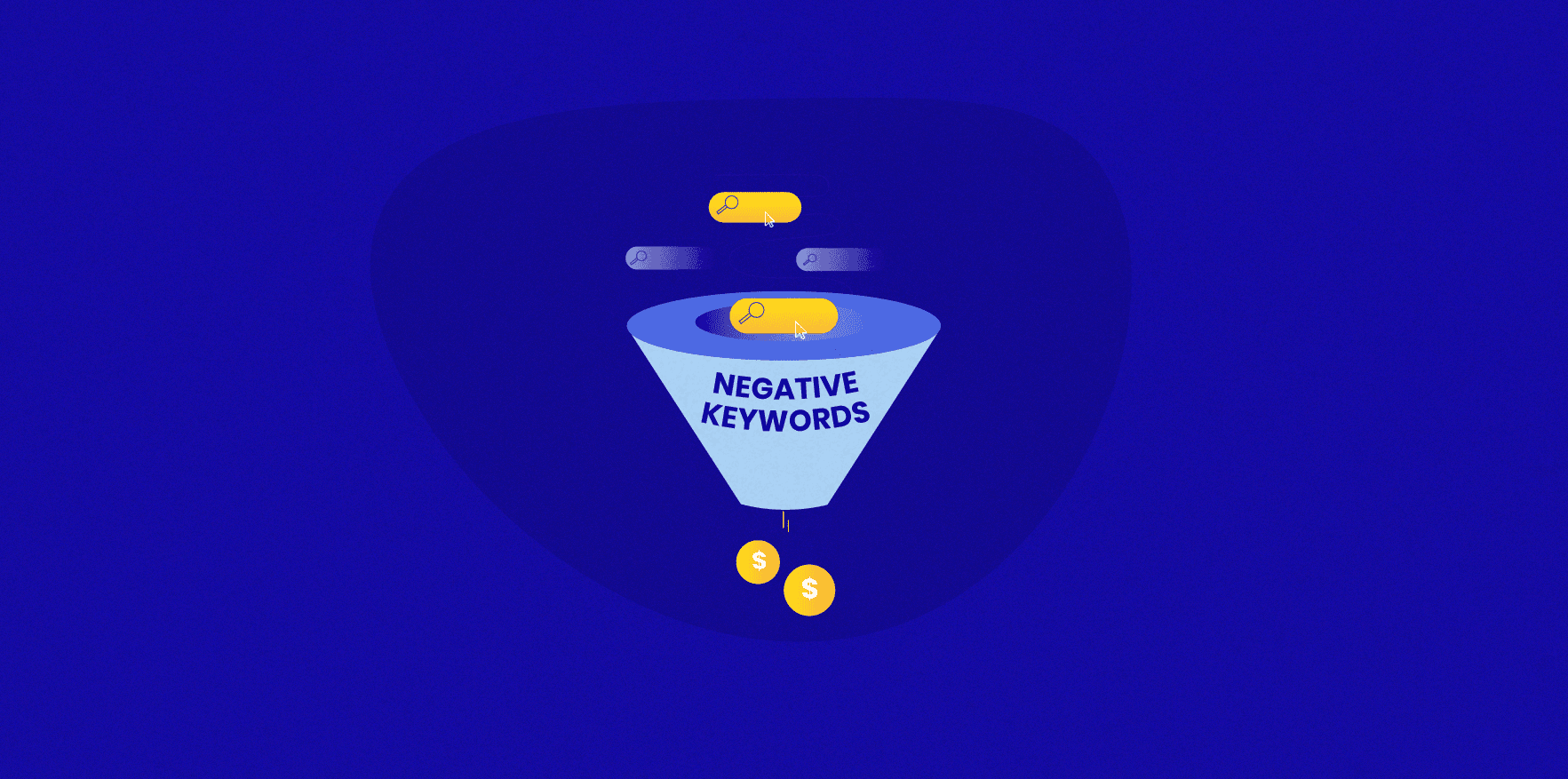
SEO
4 Steps To Produce Data-Driven Content
Content
Tips

Tracy Nguyen
15 thg 2, 2023
Following our previous article on the importance of writing content for both SEO and value, we recognize a rising problem from writing without a clear process. Without one, it would be difficult to not only navigate your content direction but also to evaluate its performance.
From that clear process, you'll be able to deliver data-driven content that is based on real data and customer insight, not hunches and guesswork, to target and convert your readers. In this article, we'll walk you through our process of producing data-driven content. Before that, let's get the basics out first - what's data-driven content?
Data-Driven Content Explained
As its name suggests, it's an analytical content strategy that aims to cater to and target users based on their own data. In modern days content marketing, data-driven content plays a crucial role in a campaign's success as its practices guarantee one thing - being relevant to the business objective and customer's needs.
01. Source your target audience data
The objective for this step is to gather valuable insights so your content can reach and convert the right audience. Here are some questions you can start the process:
Who is your audience?
What's their pain point(s)?
How's your current content doing?
However, to get these questions answered, you can't sit there and come up with the answer yourself. You'll need - what we love the most at Back-to-Back - data! Here are some tools you can use ranked from the most actionable to the most difficult one to carry out:
a. Community Platforms
The first step to understanding your audience better. You can start your journey by scouting on platforms like Reddit, Quora, YouTube, Twitter, and Facebook Group. These platforms are the powerhouse of qualitative data that will come in handy when writing your content.
With that data in hand, you can plan and produce content that speaks to your audience. A small tip from us is we always check people's comment sections - you can't believe how much a person's complaint can reveal so much about their lifestyle to their fear.
However, a thing to keep your qualitative data accurate is to look out for repetition in the information you source. The more repetitive it is, the higher its accuracy to use in your content.
b. Google Keyword Planner
After collecting the qualitative data, it's time to pinpoint your target audience's intentions with keyword research. A tool for this is Google Keyword Planner where you can investigate a keyword's search volume and competition level. Given that Google Keyword Planner is a PPC tool, you can still use it to figure out which keywords to target your audience - SEO speaking.
Also, it often offers valuable insights into your target audience's behavior online and re-confirms your product life cycle stage. For instance, if your chosen keyword to position your brand is "femtech" which has a low volume with low competition, it may indicate that not many people are aware of this product since it's still in the introduction stage.
With that data, you can easily structure your content directly to a more educational or branding approach to make them aware of this product. Once it's done, your product would likely be at the top of your mind when it comes to "femtech."
c. Google Search Console
To put it simply, Google Search Console is a tool that can help you measure and optimize your website's performance by giving you crucial insights such as which keywords bring results (impressions, clicks, or position) to your site.
It is crucial to understand how Google sees your content - understanding the outcome can also be biased as it relies on what content you currently have on your website. Regardless, the data can still reveal which keyword you're positioned on and from which pages.
Using that data, you can evaluate whether your current content strategy is relevant to your business objective. If it does, you can optimize the current keywords that bring traffic and impressions to your site by producing more content surrounding it. If not, it acts as an alarm for you to rethink and come up with a new content strategy.
d. Site Search Reports on Google Analytics
Your current website's data can be a great source of customer insights for your content. Using Google Analytics along with your website's search bar, you can better understand what your audience is still looking for after they are already aware you could be a solution. This data can help you design content that pushes them to take action for your business.
In the same context, if you're selling a femtech product, if you see many search volumes surrounding its safety and maintenance queries, it can indicate the need for you to produce content to answer that question.
e. Interview your target audience
Despite being the most informative method, it's also the most time-consuming and least actionable on the list. This method requires a certain budget and time to carry out correctly.
However, the interview's results can provide an abundance of insights that not many know about your target audience - allowing you to have an edge against competitors. In the long run, the interview data can be an investment for your content strategy.
Nevertheless, similar to Google Keyword Planner and Search Console, there will be subjectivity. Since you're the one conducting the interviews, the prospect's answers can be navigated by the way you ask the questions. Hence, our tip here is always to start the interview by gathering the prospect's background/context then carry on with open-answering questions rather than the yes/no ones.
02. Organize your content in the content pillar/topic cluster
After French SEO expert Laurent Bourrelly made popular a new blog's architecture called Semantic Cocoon as a response to Google's semantic algorithms changes, the SEO world was never the same.
A semantic cocoon consists of two elements: the content pillar and topic clusters. It acts as a hierarchical structure that emphasizes contextualized internal linkings. Since Google is a semantic algorithm, this structure allows you to build semantic relationships between your web pages that prove to Google that your website provides valuable content.
To better understand this concept, think of a book. Before you read a book, there's a table of contents showing chapters in the book and which page to read in it. In this case, the pillar page is the table of contents for your website. It is a hub that contains internal links to the topic clusters (the book's chapters) that explore the topic in much more detail.
Hence, in the context of SEO, pillar pages cover high-demand topics (short-tail keyword with low buying intention) while topic clusters cover a specific topic (long-tail keyword with high buying intention) that is related to the pillar page's topic.
To define pillar pages and topic clusters, you can use keyword planners and paid tools like SEMRush to determine what topic to go for. If you find this interesting, opt-in to our Slack to get the first access to how our agency structures a semantic cocoon for our client, a music promotion service, that increased their website's impressions by 237% within 6 months.
03. Start writing about your content and test it
There's no faster way to get results than test-and-learn from your content. Most content writers struggle at the beginning to deliver results because they want to strike a perfect post on their first attempt.
However, the reality is you will rarely get it right on the first attempt. Hence, to reach that desired result, there's a real need to simply produce and then test whether it's gaining good traction for your business objectives.
Moreover, the more you produce, the more data you'll have in hand to evaluate what content works or not. Then let's head into our favorite process at Back-to-Back, analyzing your data.
04. Analyze your performance and adjust your content strategy
This is arguably the most important part when it comes to producing data-driven content. The main objective for this step is to evaluate whether your content effort is still relevant to your business goals.
However, a reminder before we head into this section, from what we learned doing SEO for clients, the results can take up to 6 months to appear. Hence, if you don't see any results right now, remind yourself SEO is a long battle.
a. Google Search Console
The first tool to measure your content performance is Google Search Console. You can collect your site's traffic and keyword performance which tells a lot about your current position on SERPs (Search Engine Results Pages).
Although there are numerous metrics you'll see on Google Search Console, you need to understand the relationship between them. Once you do, you can better analyze your performance and re-adapt your strategy.
Here's a brief look at the metric's relationship which we'll go over in more detail in our upcoming article on creative reporting. Join our internal Slack to stay tuned!
b. Google Analytics
Once you understand your performance on Search Engine results, let's dive into what matters the most for all your business - conversion. A great tool to pinpoint SEO/content contribution to getting that sales is Google Analytics.
The tool allows writers to understand where a purchase is made and the user's demography. Having this data is crucial as you can better understand who's your persona and what kind of content drives them to take action.
Here are our 2 tips when doing a content performance report:
* View from global to granular: With better context comes better accuracy when reviewing your data. Hence, at Back-to-Back, our report structure always goes from a global view to a more granular level. This reason being you want to understand what's happening on a high level to have a contextual understanding of your SEO/content performance - not everything happens because of your doings.
* Do it weekly: The best practice to keep track of your performance is to do it weekly instead of only when you need to do a report. There might be a sudden drop or peak in traffic that is worth your investigation. By staying on top of your performance, you have better control over what you produce and consistently deliver that good performance instead of relying on luck.
For more tips and guides like this article, join our internal Slack channel where you can get the latest industry news and insights from us directly.
Join the talk!
Stay on top of digital marketing innovation thanks to the insights from our internal Slack.
We post everyday!


